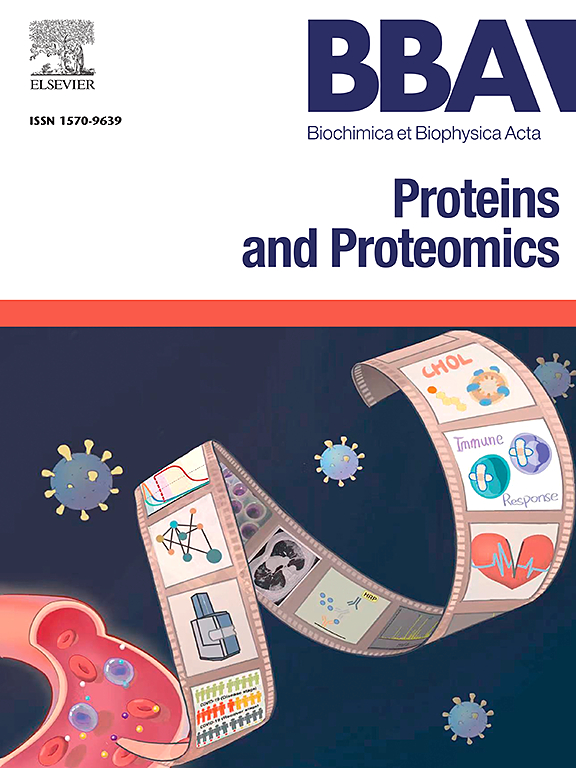人工智能辅助结构生物学时代的生物分子NMR:老把戏和新机遇。
IF 2.3
4区 生物学
Q3 BIOCHEMISTRY & MOLECULAR BIOLOGY
Biochimica et biophysica acta. Proteins and proteomics
Pub Date : 2023-08-11
DOI:10.1016/j.bbapap.2023.140949
引用次数: 0
摘要
在过去的40年里,核磁共振(NMR)光谱已经成为表征生物分子,特别是蛋白质的最通用的技术之一。鉴于核磁共振的分子大小限制,以及冷冻电子显微镜和人工智能辅助蛋白质结构预测的最新进展,核磁共振在结构生物学中的光明前景受到了质疑。在这篇小评论中,我们提出了相反的观点。我们讨论了溶液NMR为蛋白质化学家提供的独特机会,将其与所有其他实验或计算方法区分开来,以及它如何从机器学习中受益。本文章由计算机程序翻译,如有差异,请以英文原文为准。
Biomolecular NMR in the AI-assisted structural biology era: Old tricks and new opportunities
Over the last 40 years nuclear magnetic resonance (NMR) spectroscopy has established itself as one of the most versatile techniques for the characterization of biomolecules, especially proteins. Given the molecular size limitations of NMR together with recent advances in cryo-electron microscopy and artificial intelligence-assisted protein structure prediction, the bright future of NMR in structural biology has been put into question. In this mini review we argue the contrary. We discuss the unique opportunities solution NMR offers to the protein chemist that distinguish it from all other experimental or computational methods, and how it can benefit from machine learning.
求助全文
通过发布文献求助,成功后即可免费获取论文全文。
去求助
来源期刊
CiteScore
8.00
自引率
0.00%
发文量
55
审稿时长
33 days
期刊介绍:
BBA Proteins and Proteomics covers protein structure conformation and dynamics; protein folding; protein-ligand interactions; enzyme mechanisms, models and kinetics; protein physical properties and spectroscopy; and proteomics and bioinformatics analyses of protein structure, protein function, or protein regulation.

 求助内容:
求助内容: 应助结果提醒方式:
应助结果提醒方式:


